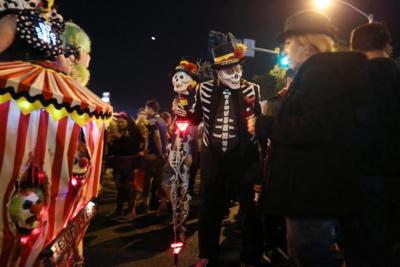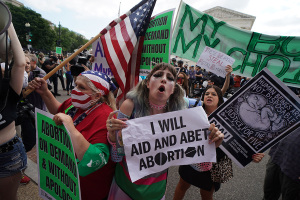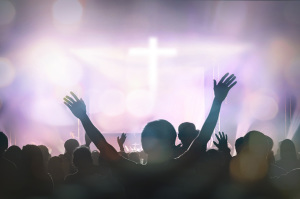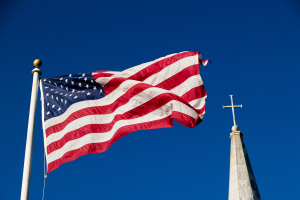Hey Christians, the Halloween America loves has a disturbing past

It’s easy to take Halloween for granted. At first blush, it seems like harmless children’s fun.
What’s more, about 70% of Americans cumulatively spend billions of dollars to participate each year. The candies, decorations, and costumes are almost impossible to avoid.
But the light-hearted, kid-friendly, materialistic Halloween we know today is the result of centuries of sanitization and re-branding. It has a disturbing history of pagan and occult ritual and widespread, socially-acceptable vandalism that Christians ought to take seriously.
Its oldest roots are pagan, tracing back to a festival called “Samhain,” when the Druidic priests of ancient Celts thought the dead roamed the earth. They burned animal sacrifices, attempted divination, and wore costumes made of animal hides and skulls. For Wiccans, Halloween is still celebrated in this spirit.
The Catholic Church tried to replace the pagan festival with “All Souls Day,” which eventually became “Halloween.” That’s why much of the contemporary Halloween celebration is a mixture of religious traditions, folk European harvest-time traditions that muddled and adapted Samhain over time, and modern consumeristic branding.
In the late 1800s, American communities first began pressing people to move away from ghosts and witches in favor of more innocuous, child-centered celebrations. Leaders urged the removal of “frightening” and “grotesque” imagery. They succeeded, for a while; but the occult merely took a back seat to vandalism and anarchy.
This new, disruptive form of Halloween was largely imported by Scottish and Irish immigrant children, who drew on adapted versions of the original Halloween myths and cultural origin. As time passed, the pranks became more violent: They blew up bombs, threw bricks through windows, and vandalized the property of people who refused them the sweets they begged for.
Halloween pranks, vandalism, and violence at the beginning of the 1900s became such a problem that some cities considered banning the observance. People even died on Halloween night, and some armed themselves against pranksters. It took decades, until the 1950s, for “trick-or-treating” as we know it today to become culturally predominant.
An understanding of Halloween’s true history should serve as a reminder that it’s important for Christians to take worldly celebrations seriously, and take their origins and fruits into consideration before we participate with our families. We are in this world, but not of it, and we are called to rebuke evil and guard our hearts.
“Look carefully then how you walk, not as unwise but as wise,” Ephesians 5 tells us, “making the best use of the time because the days are evil. Therefore do not be foolish, but understand what the will of the Lord is.”
So this Halloween, I encourage you to look beyond the holiday’s current form and consider its dark history. A holiday marred by pagan origins, ongoing occult celebration, and a history of violence is worth treating with caution. How could something truly harmless bear such fruit, or grow from such roots?
And if you opt out of the typical Halloween festivities, autumn can still be a joy-filled time of celebration. Use it as an opportunity to gather with your family, share a meal to mark the harvest season, or attend a local church’s harvest festival. Make the season a chance to celebrate God’s creation, on God’s terms.
Timothy Head is the executive director of the Faith and Freedom Coalition.




























